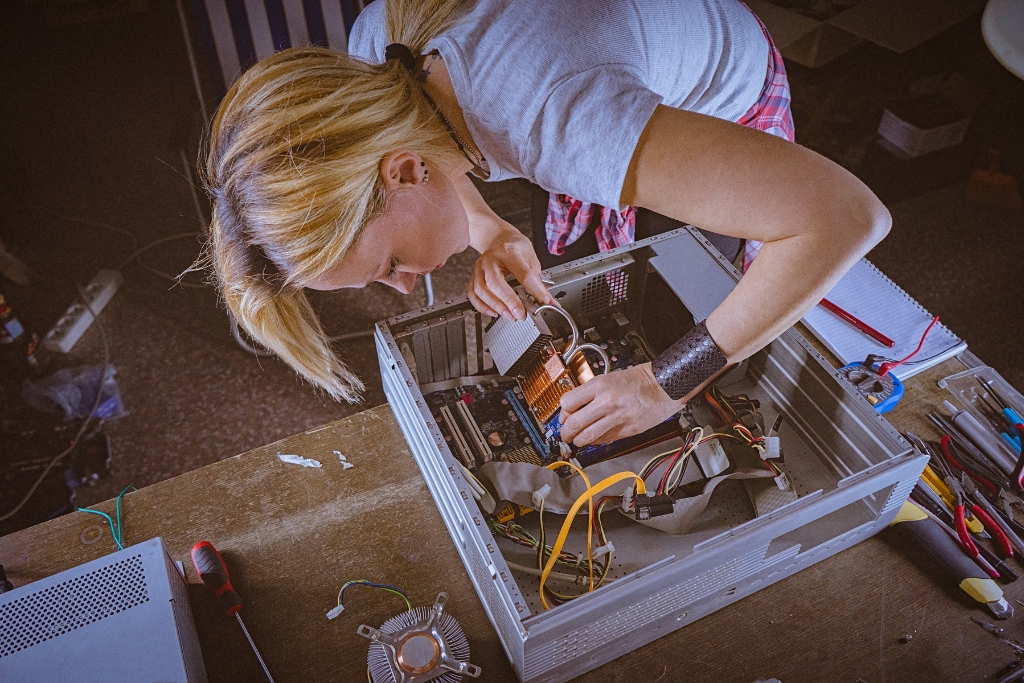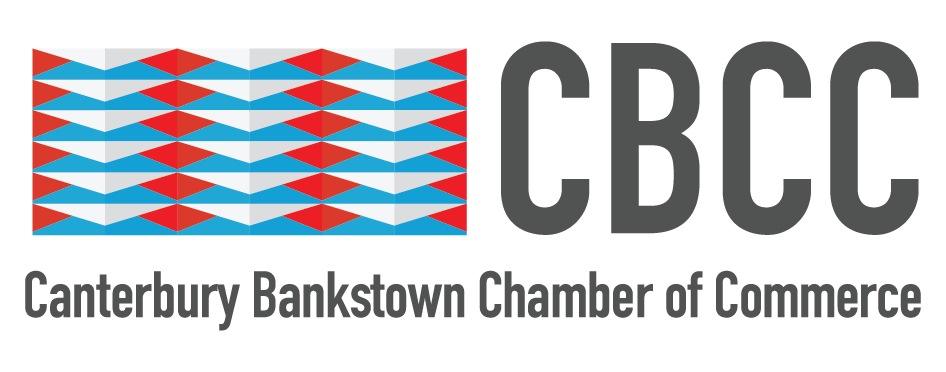Making STEM An Equal Playground For All | CBCC News
STEM. An area many people regard as the domain of boys and men.
However, that couldn’t be further from the truth. From Ada Lovelace, the first computer programmer, and Katherine Johnson, the mathematician behind the success of the first U.S. spaceflight in 1961, to Gitanjali Rao, a young inventor and Time magazine’s first-ever ‘Kid of the Year’ in 2020 and Fei-Fei Li, one of the leading researchers in Artificial Intelligence, women and girls are breaking new ground in Science, Technology, Engineering, and Mathematics every day.
This year, as we explore the International Women’s Day 2024 of DigitALL, we aim to encourage women and girls to not just be observers of STEM, but as active participants. How can we as a community encourage more women and girls to be involved with STEM?
Read on to find out.

What is STEM?
STEM stands for Science, Technology, Engineering, and Mathematics, encompassing a broad spectrum of disciplines that drive our world’s innovation and progress.
Science is the pursuit of knowledge and understanding of the natural world through observation, experimentation, and analysis. It unravels the mysteries of the natural world, from microscopic organisms to vast galaxies. This exploration has led to countless discoveries and technological advancements, shaping the way we live and understand our place in the cosmos.
Technology propels our digital revolution, crafting tools that reshape our daily lives. People who work in technology are involved with activities such as software development, digital media, and more, all of which play a critical role in the development of new tools, platforms, and systems.
Engineering solves practical problems by using scientific principles to design, develop, and improve everything and anything from bridges and buildings to machines and software. Engineers blend creativity with technical skills to innovate and create solutions that have a tangible impact on the world around us.
Mathematics, the universal language, provides the foundation for understanding patterns and solving complex problems. It involves the study of numbers, quantities, shapes, and patterns and is crucial for research, development, and innovation across all STEM fields. Careers that rely heavily on Mathematics include Actuaries, who use mathematics to study uncertain future events, Data Analysts, who apply mathematical principles to collect, process, and interpret data, and Cryptographers, who develop algorithms, ciphers, and security systems to encrypt sensitive information.
What Does It Look Like Right Now?
Although STEM is crucial in shaping our everyday lives, and despite having strong female pioneers in STEM, there is still a notable gender disparity within STEM fields and careers.
While women make up 48% of the Australian workforce, they only represent about 15% of STEM-qualified jobs in Australia. Only 23% of senior management and 8% of CEOs in STEM-qualified industries are women. In Year 12 Information Technology, Physics, and Engineering classes, girls only make up about a quarter of enrolments.
However, there are also improvements regarding girls and women in STEM. In 2023, 48% of parents with daughters talk to their children about STEM at least once a week. Girls made up the majority of students in many Year 12 STEM subjects, including in the fields of biological sciences, earth sciences, chemical sciences and agricultural and environmental studies. And within a decade, from 2012 to 2022, the number of women in STEM-qualified industries increased by 68%.
Overall, fields like biology and chemistry have seen a steady increase in female participation and are becoming more gender-balanced. In contrast, engineering and computer sciences remain predominantly male, with slow progress in bridging the gap.
How do we then make the playing field more gender-even across all STEM fields?

What Do We Want? More Girls and Women in STEM!
To effectively address the gender gap in STEM, we will require a multifaceted approach.
Introducing, encouraging, and nurturing interest in STEM amongst girls from a young age is a crucial step. Introducing educational programs and hands-on experiences, or showcasing successful women in STEM fields can inspire and motivate young girls to pursue careers in STEM. This can be done within schools and during family activities.
For older girls and women, mentorship and networking opportunities are invaluable, providing guidance, support, and access to professional circles that might otherwise seem out of reach. Encouragingly, organisations and companies are increasingly recognising the importance of diversity in STEM fields, offering scholarships, internships, and programs specifically aimed at supporting women and girls.
However, the most important influence is changing societal perceptions of STEM careers. Breaking down stereotypes and promoting STEM as a field where everyone, regardless of gender, can thrive and make significant contributions is essential. This means challenging biases, celebrating diversity, and creating inclusive environments that empower women to pursue and excel in STEM careers.
The CBCC is dedicated to advancing women’s interests, including encouraging more female participation in STEM and advocating for industry change for better gender diversity and equality in STEM fields and careers.








Customer Reviews
Thanks for submitting your comment!